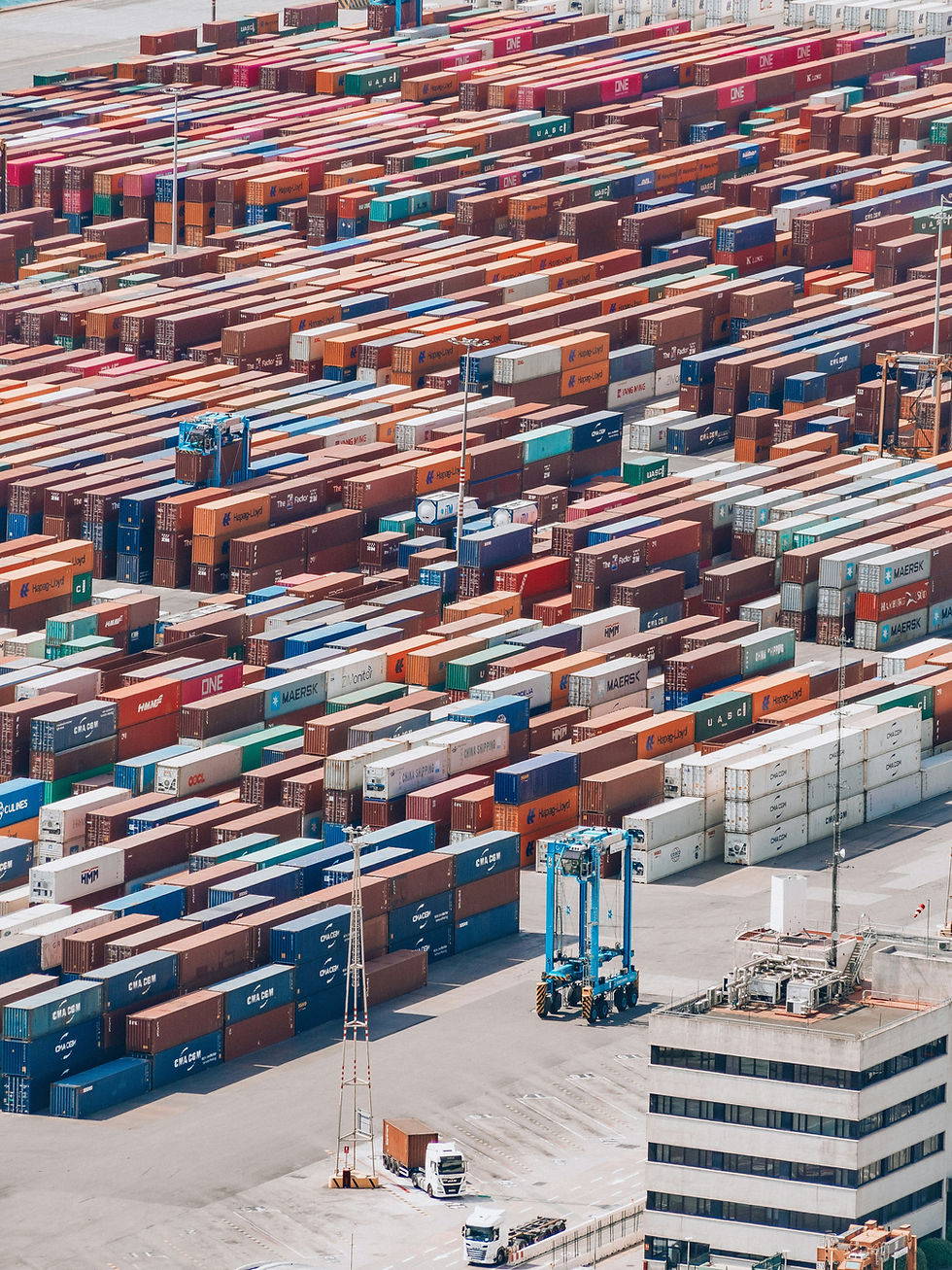Good morning, Vietnam
- Raise and Deploy Team

- Nov 17, 2023
- 4 min read
Updated: Nov 19, 2023

South East Asia is increasingly setting the pace in terms of growth, on track to grow 4.2% this year and 4.8% next year – far beyond the 1.1% expansion expected in the developed world in 2023. Among the region’s dynamic economy Vietnam has long been the star-in-waiting.
As the fastest-growing economy in Asia last year and one of only a handful globally to achieve two consecutive years of growth since the Covid-19 pandemic, could now finally be its time in the sun?
Vietnam’s recent rise has close ties with the fate of the region’s dominant player, China. Manufacturers are actively looking to “de-risk” their exposure to China as geopolitical tensions between Beijing and the West mount – Vietnam’s proximity to China and vast young, cheap and well-educated workforce has proved a potent lure.
This interest saw foreign direct investment leap to a decade high in 2022, with Vietnam leapfrogging South Korea to become the United States’ sixth largest trade partner by import value in 2022.
However, it has not proved immune to the forces hampering countries worldwide – Vietnam’s export-reliant economy is expected to grow about 5% this year, down from the government’s 2023 gross domestic product target of 6.5%.
Meanwhile, history is littered with examples of countries who have struggled to make the leap from low-cost to a high-value economy –including neighbors Malaysia and Thailand.
A future made in Vietnam
Rapid industrialisation is a tried and true path for development – as proven by China’s meteoric growth in the latter half of the 20th century. Accordingly, Vietnam’s remarkable risk has also been built on the factory floor.
This includes big name Western manufacturers, including Dell, Google, Microsoft and Apple, all of whom have moved parts of their supply chains to the country. Vietnam has also managed to prove its reliability throughout the trade challenges of recent years
Despite the COVID-19 pandemic, Vietnam managed to attract $19.9 billion in FDI in 2020, nearly matching the $20.3 billion received in 2019, thanks to its notable management of the crisis and resulting supply chain shifts.
This has continued this year, with the first nine months of 2023 seeing a year-on-year increase of 2.2% in foreign direct investment (FDI), totaling $15.91 billion. Around 90% of the October inflows were driven by plans to build factories, according to the data from Vietnam's investment ministry.
This includes crucial global industries. Qualcomm, an American “fabless” chipmaker, which sells microprocessor designs for others to manufacture, opened its first research-and-development center in Vietnam in 2020. Qualcomm’s revenues from Vietnamese chip factories, many of which belong to giants like Samsung, tripled between 2020 and 2022.
Friends in the neighborhood
As alliances shift globally, Vietnam is well placed to benefit from having the right friends. With America looking to boost vital production away from China, including an agreement that would put CHIPS Act funding towards growing the semiconductor industry in Vietnam.
However, these are not races Vietnam can win alone. The economy, and it’s future, will be intimately linked to those of regional partners who have also benefited from the de-China-isation of supply chains
Earlier this year, the Economist coined the phrase ‘Altasia’ for what it calls the ‘alternative Asian supply chain’. These include Japan, South Korea, Taiwan, the Philippines, Indonesia, Singapore, Malaysia, Thailand, Vietnam, Cambodia, Bangladesh and India.
The harsh reality is that, alone, none of these countries can make up for China’s comprehensive service offering in manufacturing, putting more pressure on intra-region cooperation and coordination.
Recent years have seen a panoply of agreements put in place to smooth cooperation between countries in the region. All of them, excepting India, Bangladesh and Taiwan, have signed on to the Regional Comprehensive Economic Partnership (RCEP, which also includes China). This harmonizes rules of origin across the region’s existing trade deals to create a single market in intermediate products – essential for a network where components must flow freely across borders.
Vietnam is also part of this year’s Indo-Pacific Economic Framework, as well as the Comprehensive and Progressive Agreement for Trans-Pacific Partnership (CPTPP), which also includes Canada, Chile, Mexico and Peru. However, while these agreements open the doors to collaboration, they also create a complex network of dependencies and obligations, which Vietnam’s centralized economic planning will have to account for.
The global view on Vietnam
While Vietnam has grown as a trade partner as skepticism of China grows, China remains a key partner for growth in the region.
Pledges from China and Hong Kong combined were the highest investors so far this year, followed by Singapore and South Korea. Meanwhile, The US share of imports from Vietnam has risen almost 2% since 2018, with the Netherlands, France, Luxembourg and Germany also inputting large sums from the EU.
With multiple countries taking an interest, the government may find itself having to balance a range of competing interests, as well as pressure to adapt quickly to growing demands, including basic factors such as upgrading its ailing infrastructure. The US has also flagged them as a country to watch in terms of currency manipulation, making the fate of currency fluctuations harder to predict.
Dependence on export-led growth leaves Vietnam vulnerable to the volatile global trading environment. While efforts have been made to nurture homegrown industry, small and medium businesses, which make up 95% of local economies, have struggled with access to credit, despite centralized policies designed to open up lending and reduce inflation
The nation’s bank credit growth as of Oct. 27 was at 7.1% from the end of last year, Hong said. That’s well below the government’s 2023 loan growth target of 14% to 15%. With the economy still subject to strict control, authorities will have to play a complex game, balancing relationships in their region, as well as with foreign partners.




Comments